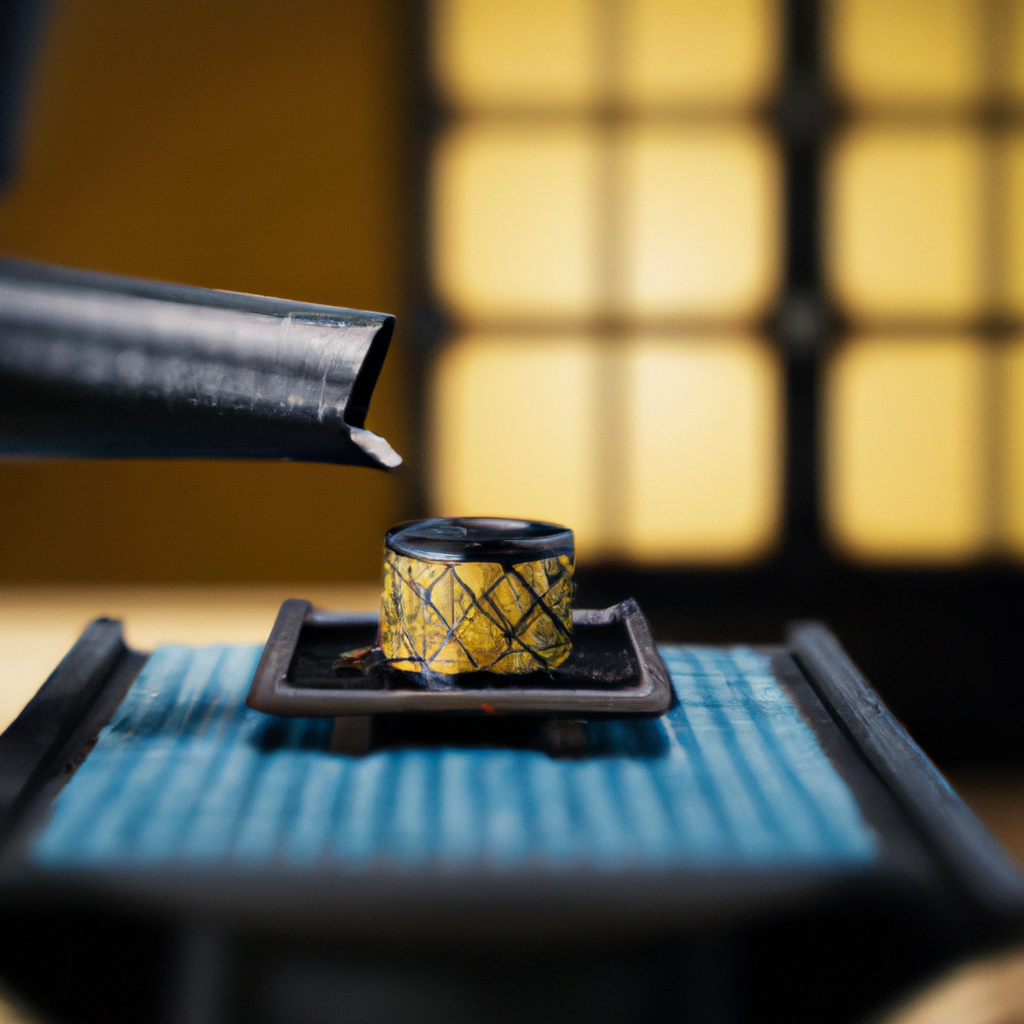
Looking to embrace simplicity in your home? In the video “Japanese Homebody: Embracing Simplicity with Low Furniture and Dark Wood,” Jenny Mustard explores the world of minimalist interior styles and how to achieve them. From warm minimalism to Scandinavian simplicity, the declutter addict to the Japanese homebody, Jenny breaks down each style, providing tips and inspiration to help you transform your space. The video is sponsored by Squarespace, a website creator, and includes details on how to start your own minimalist interior design blog or showcase your passion for minimalism on a stunning website. So, if you’re ready to create a calming haven or curate your own collector design gallery, this video is a must-watch!
Table of Contents
I. Introduction
Are you fascinated with minimalist interior styles but not sure where to start? Whether you want to transform your flat into a collector design gallery or create a peaceful Japanese haven, there are various types of minimalist interiors to choose from. In this article, we will explore the different styles of minimalism, with a particular focus on the Japanese homebody style. We will delve into the key features and elements of this aesthetic, as well as provide tips on how to achieve it in your own home. So, get ready to embark on a journey towards a clutter-free and calming space!

II. Understanding Minimalist Interior Styles
Before we delve into the Japanese homebody style, let’s briefly explore some other popular minimalist interior styles. These styles include warm minimalism, Scandinavian simplicity, and the declutter addict. Each style offers its own unique take on minimalism and can be incorporated into your home decor based on your personal preferences and tastes.
A. Warm Minimalism
Warm minimalism is an updated take on clean and simple design. This style focuses on using warm and earthy tones, natural materials, and cozy textures to create a welcoming and comfortable space. It combines the simplicity of minimalism with a touch of warmth and coziness.
B. Scandinavian Simplicity
Scandinavian simplicity is characterized by its use of blonde and dark woods, white walls, tall ceilings, and a mix of affordable and vintage furniture. This style embraces simplicity, minimalism, and functionality while creating a sense of warmth and coziness in the space.
C. The Declutter Addict
The declutter addict style is all about simplicity, clutter-free living, and tidiness. It emphasizes the importance of only keeping items that serve a specific purpose and getting rid of unnecessary clutter. This style promotes a minimalist and organized lifestyle.
D. The Design Collector
The design collector style features iconic and curated pieces of furniture and decor. It focuses on showcasing carefully selected pieces with a love for great design. This style allows for mixing high-end showstopper pieces with simple and timeless furniture to create a unique and personalized space.
E. The Japanese Homebody
The Japanese homebody style, which we will focus on in this article, is characterized by low furniture, white walls, dark wood, and simplicity. It aims to create a calming and serene space inspired by traditional Japanese interiors. Let’s explore the key features of this style in the next section.

III. Japanese Homebody Style: Key Features
The Japanese homebody style embraces simplicity, minimalism, and a deep connection to nature. It incorporates elements of traditional Japanese design, creating a harmonious and tranquil space. Here are some key features of this aesthetic:
A. Low Furniture
In Japanese homebody style, low furniture is a common feature. Low seating, such as floor cushions or low coffee tables, adds a sense of coziness and encourages a relaxed and intimate atmosphere. This style prioritizes comfort and simplicity in furniture choices.
B. White Walls
White walls are a staple in Japanese homebody style, creating a clean and serene backdrop for the space. The use of white walls helps to reflect natural light and enhances the overall brightness of the room. It also creates a sense of spaciousness and tranquility.
C. Dark Wood
Dark wood, such as walnut or teak, plays a significant role in Japanese homebody style. It adds warmth, richness, and a touch of elegance to the space. Incorporating dark wood furniture or accents can create a beautiful contrast against the white walls, further enhancing the overall aesthetic.
D. Simplicity
Simplicity is at the core of Japanese homebody style. The focus is on clean lines, uncluttered spaces, and a minimalistic approach to design. This style embraces the idea of “less is more” and encourages a sense of tranquility and calmness.
Now that we have a better understanding of the key features of the Japanese homebody style, let’s explore how to incorporate them into your own home.

IV. Utilizing Low Furniture
Low furniture is a defining feature of the Japanese homebody style. It creates a unique and inviting atmosphere in the space. Let’s take a closer look at the benefits of low furniture, the different types available, and how to incorporate them into different rooms of your home.
A. Benefits of Low Furniture
Low furniture offers several benefits, especially in small or compact spaces. Here are a few advantages of incorporating low furniture into your home:
-
Creates a cozy and intimate atmosphere: Low seating and tables promote a relaxed and comfortable environment, perfect for unwinding and connecting with loved ones.
-
Maximizes space: Low furniture takes up less vertical space, making it ideal for small rooms or apartments. It can create a sense of openness and allows for better flow and movement within the space.
-
Provides flexibility: Low furniture is versatile and can be easily rearranged or moved around as needed. It allows for a flexible and adaptable living area.
B. Types of Low Furniture
There are various types of low furniture that you can incorporate into your home to achieve the Japanese homebody aesthetic. Here are a few examples:
-
Floor cushions: Floor cushions or poufs are a popular choice for low seating. They are comfortable, easy to move around, and can be stacked or stored away when not in use.
-
Low coffee tables: Low coffee tables are perfect for creating a central gathering space in the living room. They can be crafted from natural materials like wood or bamboo to enhance the overall aesthetic.
-
Japanese-style platform beds: A low platform bed is a common feature in Japanese homebody style bedrooms. It provides a minimalist and serene sleeping area, often with storage options underneath.
C. Incorporating Low Furniture into Different Rooms
Now that we know the benefits and types of low furniture, let’s explore how to incorporate them into different rooms of your home:
-
Living room: Create a cozy seating area by arranging floor cushions or low sofas around a low coffee table. This will encourage relaxation and conversation in a comfortable setting.
-
Dining area: Opt for a low dining table paired with floor cushions or low chairs to create a casual and intimate dining experience. This setup is perfect for enjoying meals with family and friends.
-
Bedroom: Choose a Japanese-style platform bed with a low height and minimalist design. Combine it with low bedside tables or floor cushions for additional seating or relaxation space in the room.
By incorporating low furniture strategically in different rooms, you can achieve a cohesive and harmonious Japanese homebody aesthetic throughout your home.







